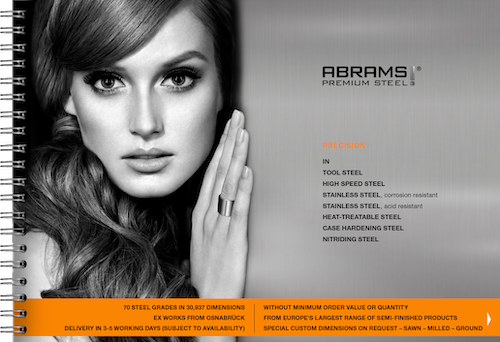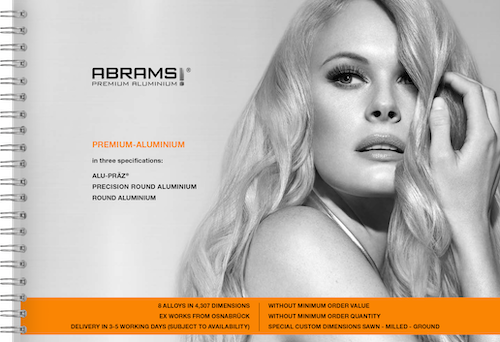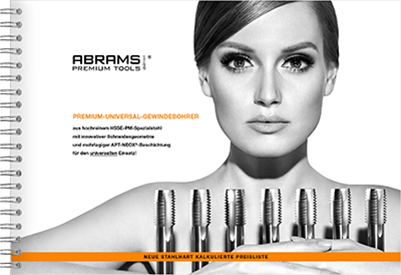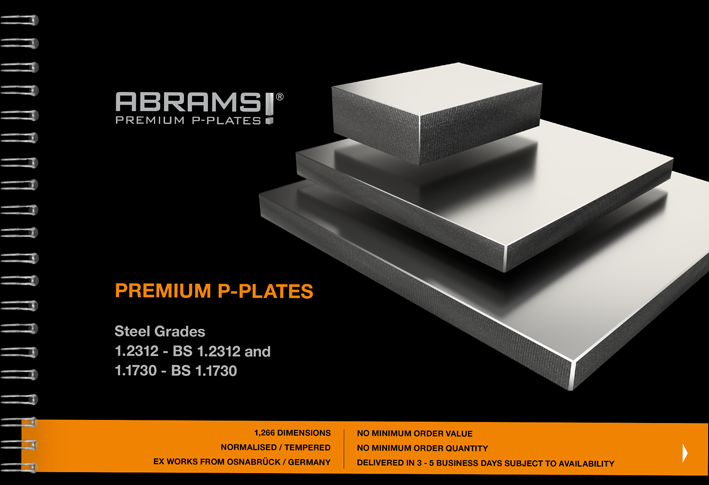Steel classifications
Steel grades are classified by their technical properties and/or by their intended use.
Steel
Steel refers to all metallic alloys whose main component is iron and whose mass fraction of carbon C is less than 2 %. The two main groups of steels are known as carbon steel and stainless steel. Depending on the combination of alloying elements, the characteristics of a given steel can be very different: very soft and malleable, for example, or rather extremely hard and brittle.
Working Properties
Carbon is the most common alloying material for iron, but various other alloying elements are used, such as manganese, chromium, vanadium, and tungsten. Carbon and other elements act as hardening agents, preventing dislocations in the iron atom crystal lattice from sliding past one another. Altering the number of alloying elements and the form of their presence in the steel (solute elements, precipitated phase) affects qualities such as hardness, ductility, and tensile strength of the resulting steel. Steel with increased carbon content can be made harder and stronger than iron, but such steel is also less ductile than iron.
High-grade steel
High-grade steels include all carbon and alloy steels. They are designated by a four digit number – from 1.00xx to 1.09xx. Generally they have only a few defined properties, e.g. minimum yield strength of an unalloyed structural steel: 1.0570 – BS 1.0570 (St 52-3) has a yield strength of at least 355 MPa.
High-quality steel
High-quality steels include all carbon and alloy steels. They are designated by a four digit number – from 1.1xxx to 1.89xx, generally with very high and specific purity grades and a low content of phosphorus and sulphur. By definition, tool steels, high speed steels and nitrided steels are therefore high-quality steels.
Unalloyed Tool steel
In accordance with DIN 10 020, the proportion of alloying elements must be below specific limits regarding unalloyed steels. They are primarily defined as having a carbon content of between 0.40 – 1.40 %. Heat treatment of unalloyed steel results in high surface hardness, high wear resistance and good cutting ability, characterized by a tough core (pure, surface-hardening steel). They are well suited for easy-to-use tools that are subject to low stress. Unalloyed tool steels can be subjected to working temperatures of up to 200 degrees Celsius. (e.g. PREMIUM 1.1730 – BS 1.1730).
Alloyed tool steel
Alloyed tool steels have properties that are characterized by at least one alloying element whose content is above a specific limit set in accordance with DIN 10 020. Thus, a very high hardness is possible (depending on the alloy, also good through-hardenability over the entire component cross-section), in addition to a high wear resistance and / or a high toughness, which makes them suitable for the processing of various materials such as sheet metal or plastic. They are divided into categories according to working temperature: cold work steel (permanent working temperatures up to 200 degrees Celsius), hot work steel (permanent working temperatures > 200 degrees Celsius) and high-speed steel (permanent working temperatures up to 600 degrees Celsius). Regardless of temperature, an additional application-oriented classification of plastic mould steel is often made, whereas the nature of steel meets the special requirements of plastic processing. This basically includes all conventional tool steels and stainless steels.
Cold work steel
Within the category of alloyed steels, cold work tools can be constructed that allow either machining (e.g. cutting) or non-machining (e.g. stamping) up to temperatures of 200 degrees Celsius. They must be sufficiently tough and pressure-resistant and have high wear resistance. The properties arise from specific combinations of alloying elements: a higher content of chromium, for example, generates hard carbides which increase wear resistance. The addition of molybdenum, vanadium and tungsten can optimise this property. Primarily, cold work steels should be sufficient for machining and exhibit the lowest possible dimensional change over subsequent heat treatments (e.g. PREMIUM 1.2842 – BS BO 2).
Warm work steel
Also in the category of alloyed steels, hot work tools can be created for processes which, with temperatures reaching less than 200 degrees Celsius, can also be performed by cold work tools (e.g. clamping tools, armours). Their particular alloys however, allow durable, continuous use at temperatures of over 200 degrees Celsius (e.g. forging, hot-rolling or hot shearing). These steels have high temperature strength, toughness, resistance to wear and thermal shock, as well as a high resistance to tempering. Significant alloying elements, in addition to those of cold-work steels, include nickel, molybdenum and cobalt (e.g. PREMIUM 1.2343 – BS BH 11).
High speed steel
High speed steels are used primarily for the tools engaged in very high cutting speeds (e.g. milling). They are highly alloyed with carbide-forming elements such as chromium, molybdenum, tungsten and vanadium and, alternatively, cobalt for special thermal burdens. In comparison to low-alloy steels, high speed steels are capable of up to a 10-fold increase in cutting speed, as they have very high temperature strength, wear resistance, resistance to tempering and thermal hardness (red hardness). They are also referred to as HSS (e.g. PREMIUM 1.3343 – BS BM 2).
Plastic mould steel
Plastic mould steel is the generic term for steels which, in addition to other cold or hot work, can also be used in the machining and processing of plastics. As the requirements are very diverse, there are many tool and engineering steels available for the production of platic parts. Distinctions are made between injection tools (in this case, the plastic hardens in the mould, for example in the mould inserts) and die-casting tools (here the steel only comes in contact with liquid plastic, such as extrusion dies). Plastic mould steels need to be easily polishable, due to the high surface quality of the final products (degree of purity), must be heat resistant, as well as pressure and wear resistant and, in the processing of PVC products, also rust and acid resistant
(e.g. PREMIUM 1.2316 – BS 1.2316).
Corrosion resistant steel
Corrosion-resistant steels generally have a high alloy of chromium (at least 12 %), (e.g. PREMIUM 1.2083 – BS 1.2083).
They do not necessarily guarantee full rust resistance, but they do prevent the technically problematic occurence of rust corrosion. Acid-resistant steel is even more resistant as it has a minimum of 8 % nickel (e.g. PREMIUM 1.4301 – BS 304 S 15).
Corrosion and acid-resistant steels are generally used in the food processing and chemical industries. Depending on alloy composition, the structure is classified as either martensitic (magnetisable, e.g. PREMIUM 1.2316 – BS 1.2316) or austenitic (not magnetisable, e.g. PREMIUM 1.4301 – BS 304 S 15).
Case hardening steel
Hardening steels range from medium-alloyed to unalloyed steels, which generally have less than 0.25 % carbon. At temperatures > 920 degrees Celsius, these steels can be enriched with carbon (carburisation), (e.g. using powder/granules, gas or salt bath). The carbon diffuses into the surface zone up to a depth of 1.5 – 2 mm. After carburisation, a combination of various hardening processes are applied, taking into account the need for different curing temperatures, corresponding with different carbon concentrations in surface and core. Case hardening steels have a working hardness up to 62 HRC, whereas the core hardness is determined by the degree of alloy content
(e.g. PREMIUM 1.7131 – BS 527 M 17, PREMIUM 1.2162 – BS 1.2162).
Heat-treatable steel
Quenched and tempered steels (quenched and tempered = hardened) can be either alloyed or unalloyed steels, generally have a carbon content between 0.25 and 0.60 %, are particularly suitable for tempering, and possess special mechanical properties after tempering (e.g. a desired tensile strength and good toughness, which would be otherwise unavailable under normal conditions). Upon request, the steel can be delivered partially annealed (e.g. PREMIUM 1.1730 – BS 1.1730) or rather the steel can be delivered in a tempered condition, so-called Quenched & Tempered (QT), (e.g. PREMIUM 1.2312 – BS 1.2312).






















